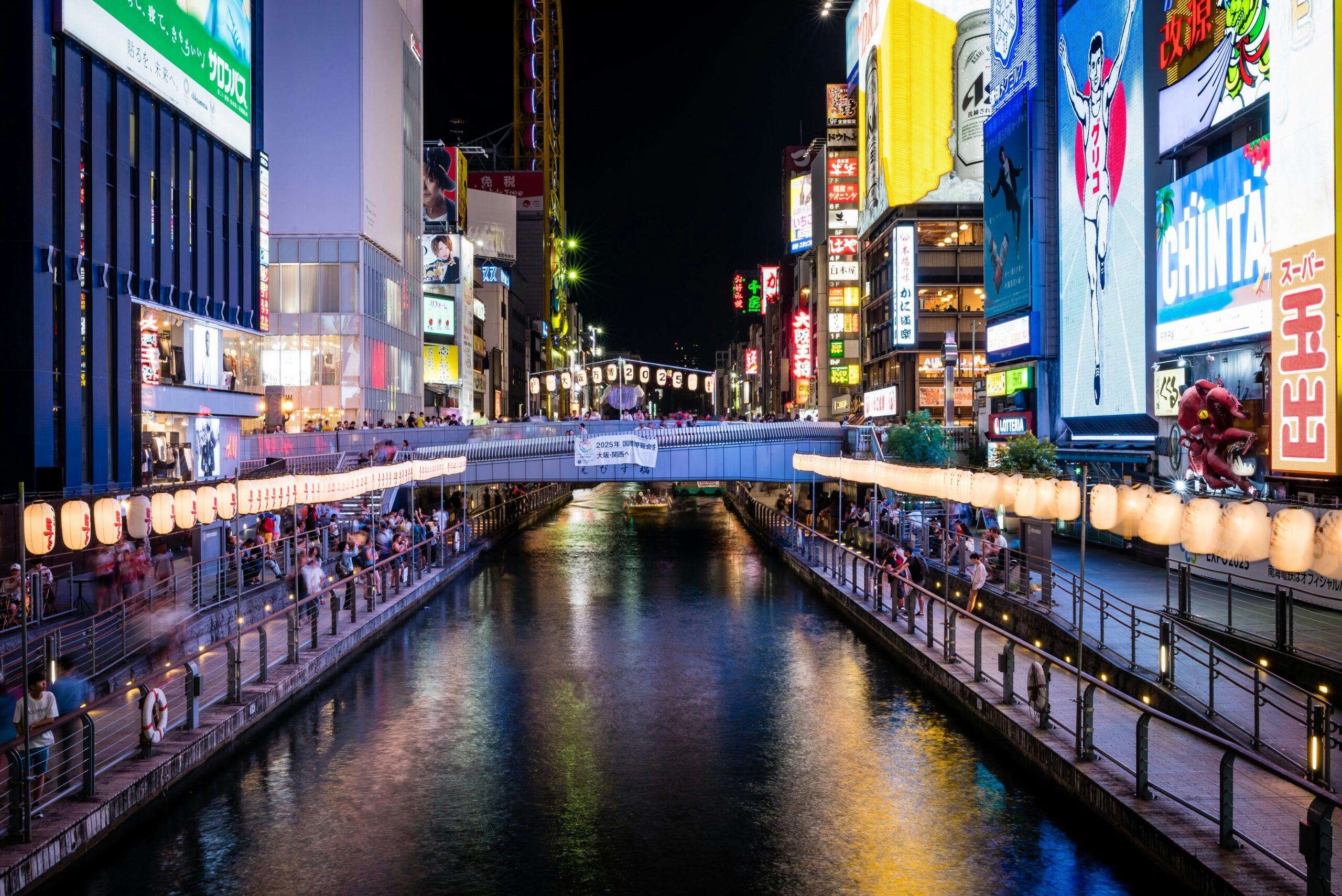Osaka—the beating heart of Japan’s Kansai region in the west. Visiting this city wasn’t something I had planned. But when my Tokyo project wrapped up and I was unexpectedly given a few days off, I found myself boarding the shinkansen. My destination? A place I only knew from maps: Dotonbori, Osaka.
To be honest, I wasn’t even entirely sure where it was. All I had was the vague encouragement of a Japanese colleague: “It’s a fun place. You’ll like it.”
I arrived at Shin-Osaka Station on a midsummer afternoon. The moment I stepped outside, the air felt different from Tokyo’s—heavier, more humid, like a thick velvet wrap clinging to the skin. After a few subway connections, I emerged from Namba Station—and it felt like stepping into another world.
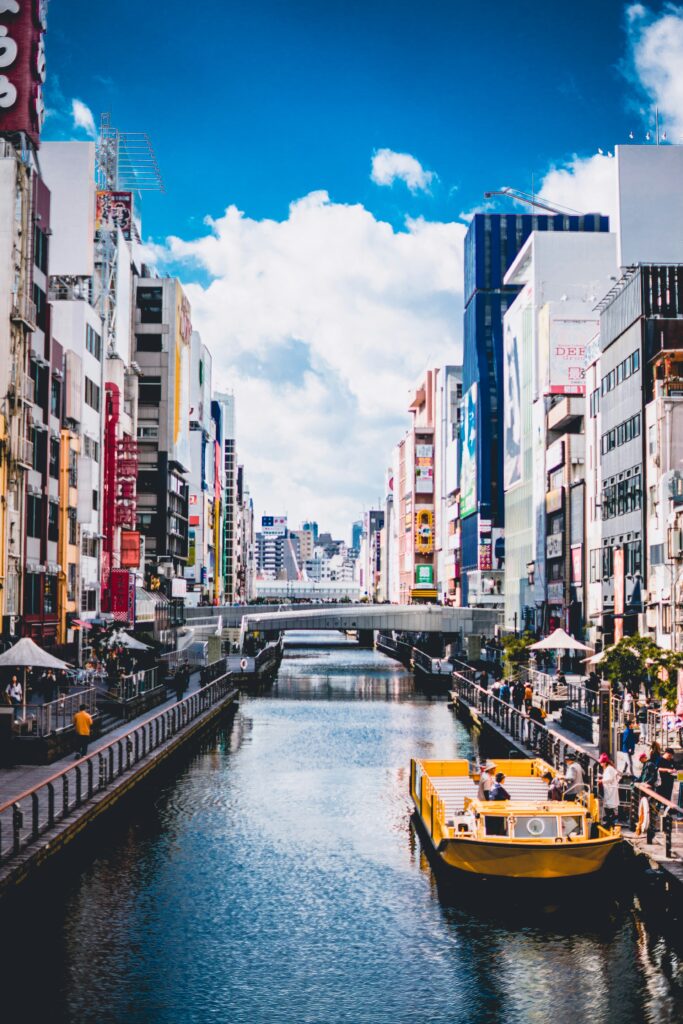
Dotonbori runs along a canal that glimmers in the sunlight. Overhead, neon signs in vivid colors jutted out at sharp angles, and an enormous mechanical crab waved its claws.
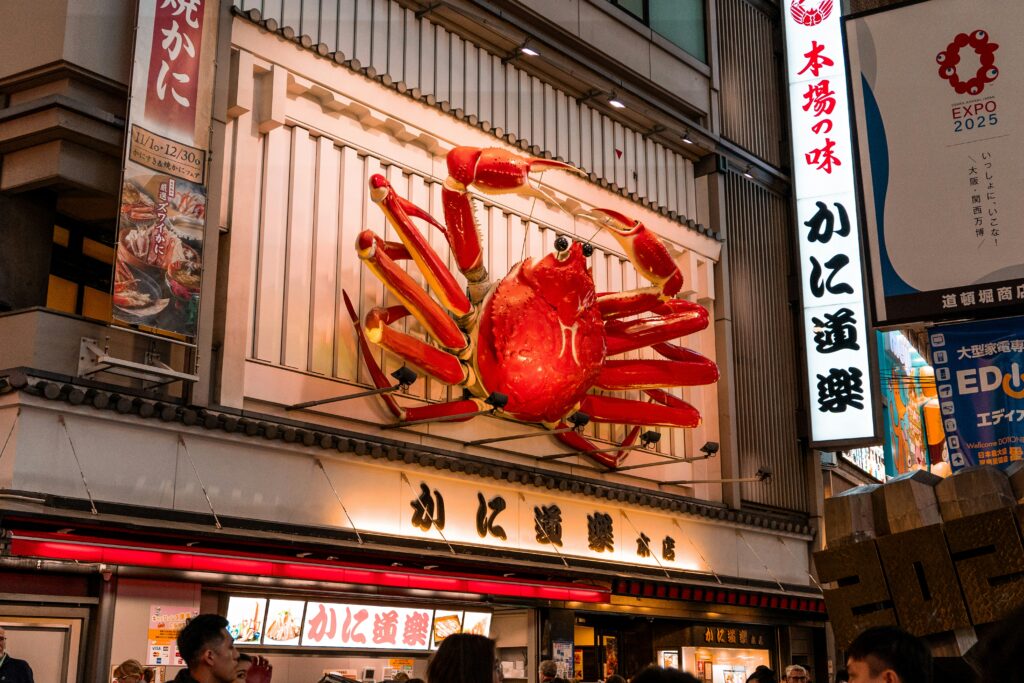
The iconic Glico running man beamed down at the crowd, while groups of young people posed on the bridge, smartphones raised, capturing memories in the humid dusk.
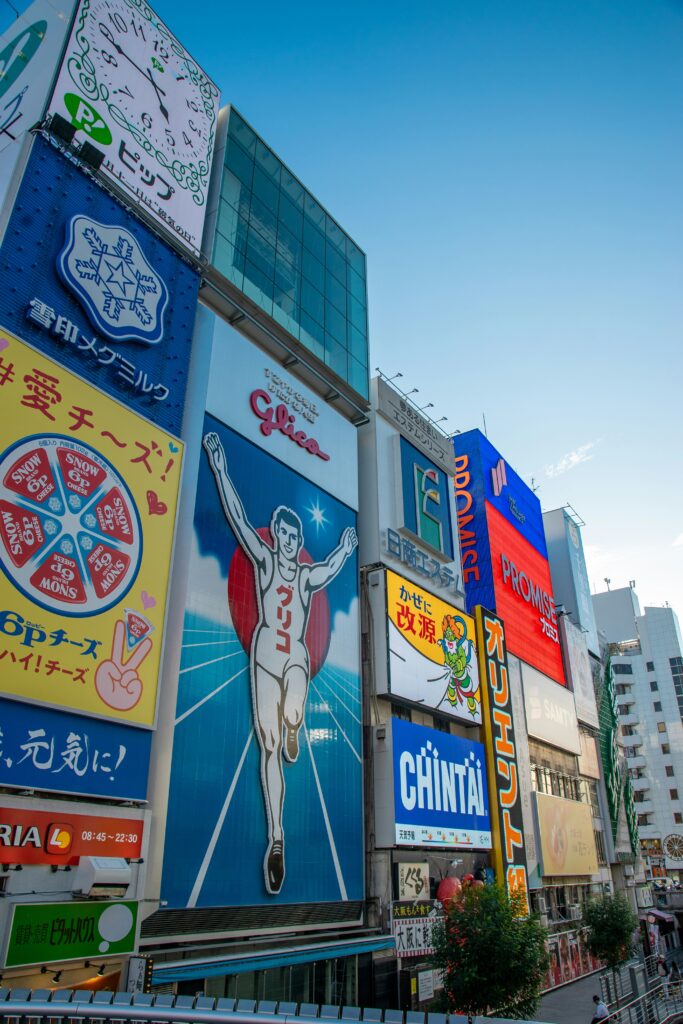
I later learned the canal was dug in the early 1600s by a merchant named Yasui Doton, who invested his own fortune to create it. Though he didn’t live to see it completed, the area soon blossomed into a lively entertainment district lined with theaters. Over centuries, it evolved into the dazzling, chaotic hub of commerce and tourism that I now stood in.
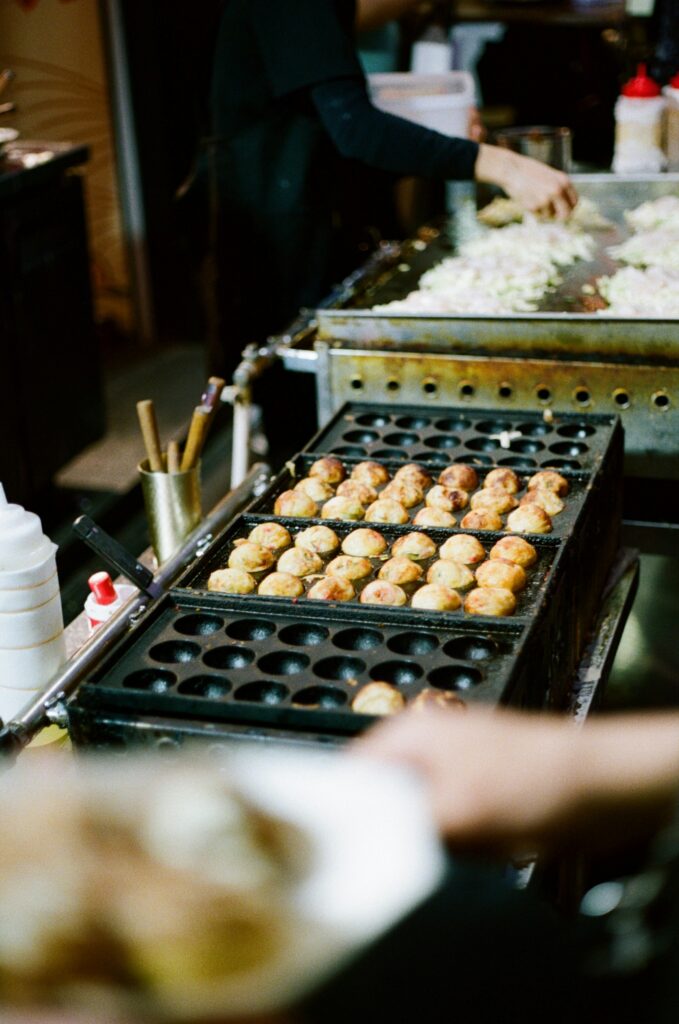
The first thing I did was buy takoyaki from a riverside food stall. I pierced one of the golden orbs with my chopsticks—its crisp skin giving way to soft batter and tender octopus inside. Topped with green seaweed flakes, mayonnaise, sweet-savory sauce, and bonito shavings that danced in the heat, it was at once gentle and bold, comforting and new. So this is the taste of Osaka, I thought.
A short walk brought me to a black-and-white latticed building that looked like an old merchant house. Inside was a small wooden counter and just a few tables. I ordered hiyashi udon—chilled noodles in a light broth, topped with freshly shaved bonito flakes. The cold seeped into my body, calming the heat, and I let out a slow breath I hadn’t realized I’d been holding.
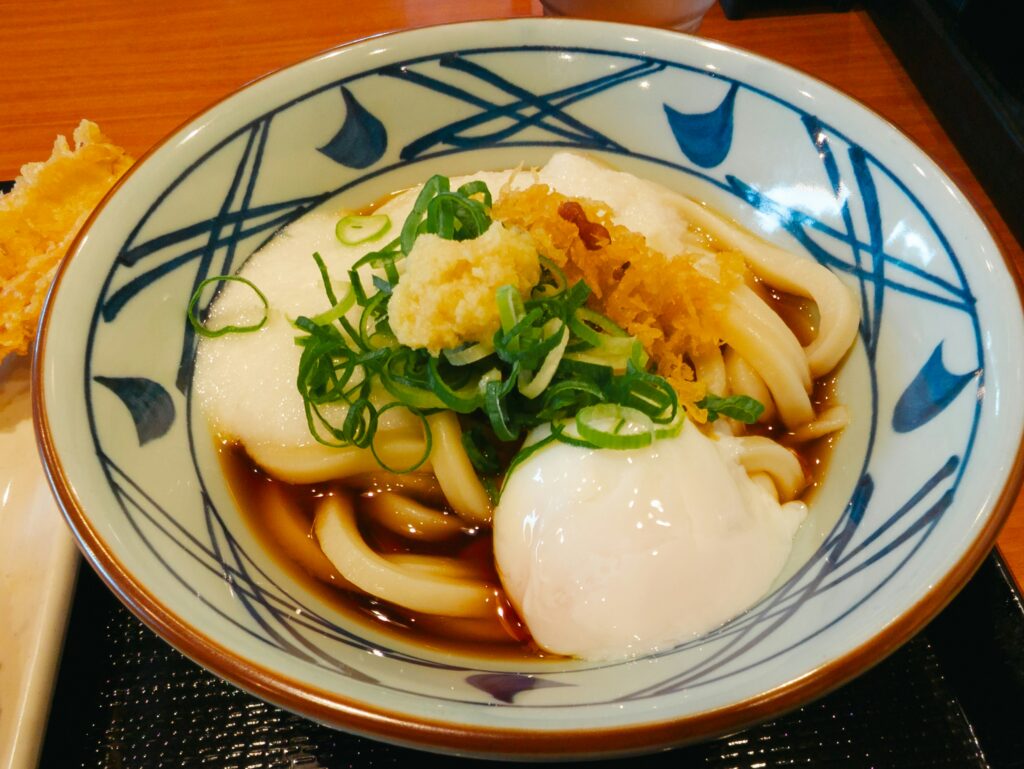
Later, I wandered toward Tsutenkaku, a retro observation tower in a neighborhood known as Shinsekai—literally “New World.” The streets below still carried the scent of Japan’s postwar era: narrow alleys, weathered signs, the warm smell of deep-fried kushikatsu. From the top of the tower, I saw the city stretch out in every direction—green spaces nestled between buildings, the winding coils of the Hanshin Expressway, and beyond the canal, the very path I had just walked.
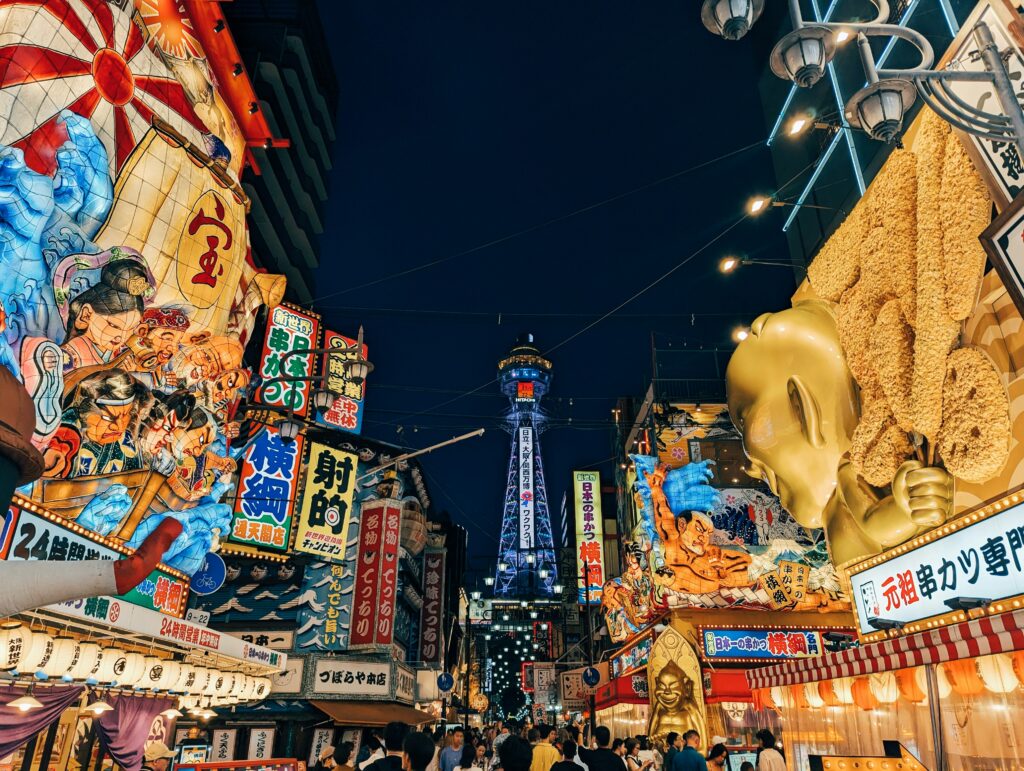
The next day, I made my way to Osaka Castle, where the golden trim of the main tower gleamed like something out of a fairytale. I imagined Toyotomi Hideyoshi, the feudal warlord who once ruled here, standing on these grounds with dreams of unifying the nation. Here, history and modern life seemed to breathe the same air.
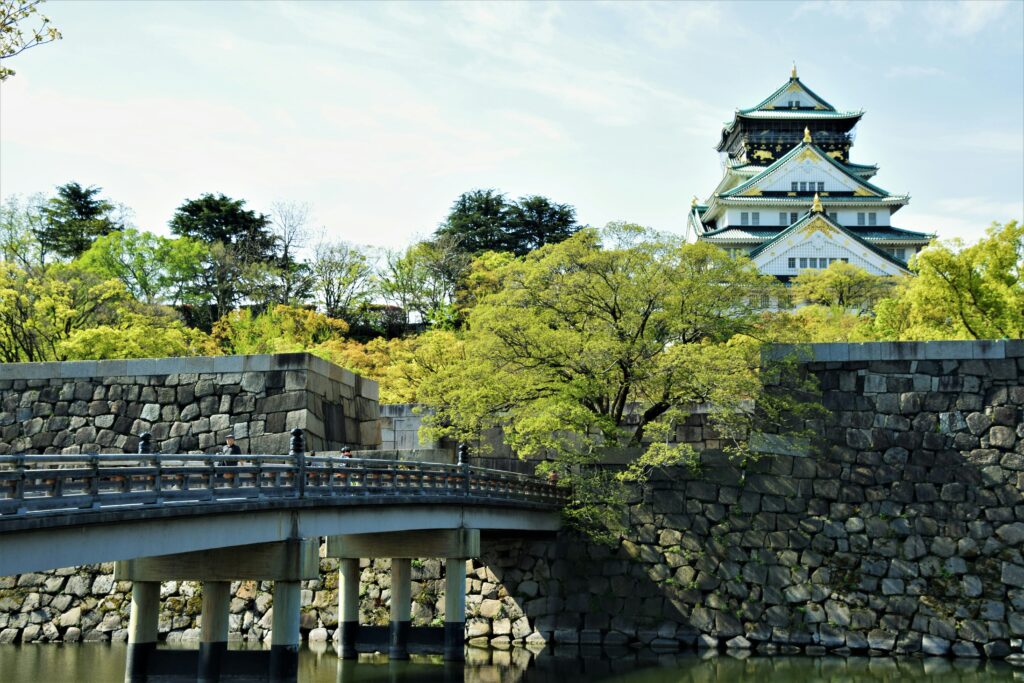
My final stop was Nakanoshima, a quiet, leafy island between the Dojima and Tosabori rivers. Art museums and libraries gave the area a sense of calm far removed from Dotonbori’s buzz. As I sat beneath a tree watching the water glint in the afternoon sun, a young woman took the bench beside me.

“Hot day, isn’t it? Are you visiting?” she asked.
She worked in design, she told me, and lived nearby. Dressed in jeans and a T-shirt with a leather shoulder bag, her hair was tied at the nape of her neck. There was a quiet brightness in her eyes, and a gentle cadence to her speech. At one point, she laughed and said, “Osaka’s loud, but I love it that way.”
Then she added, “No matter how much this place changes, the lights of Dotonbori will never go out. They’re like our heartbeat.”
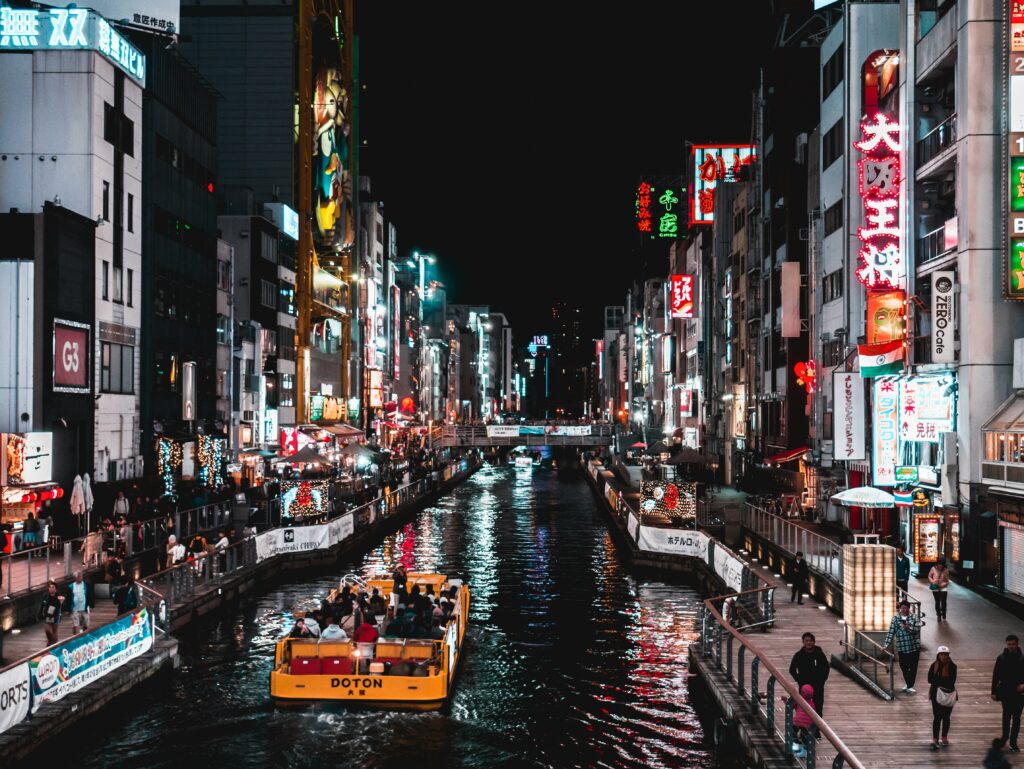
Something about those words stopped me. A stranger in a strange city, and yet, her simple reflection lit something inside me. It was as if her voice had wrapped up the whole journey into a single, lasting moment.
This trip reminded me of the richness of knowing—not through information, but through the senses. The scent of food, the rhythm of the streets, the humidity by the water, the expressions of strangers. You can’t download this kind of understanding. You have to feel it. Be there. Let yourself be changed.
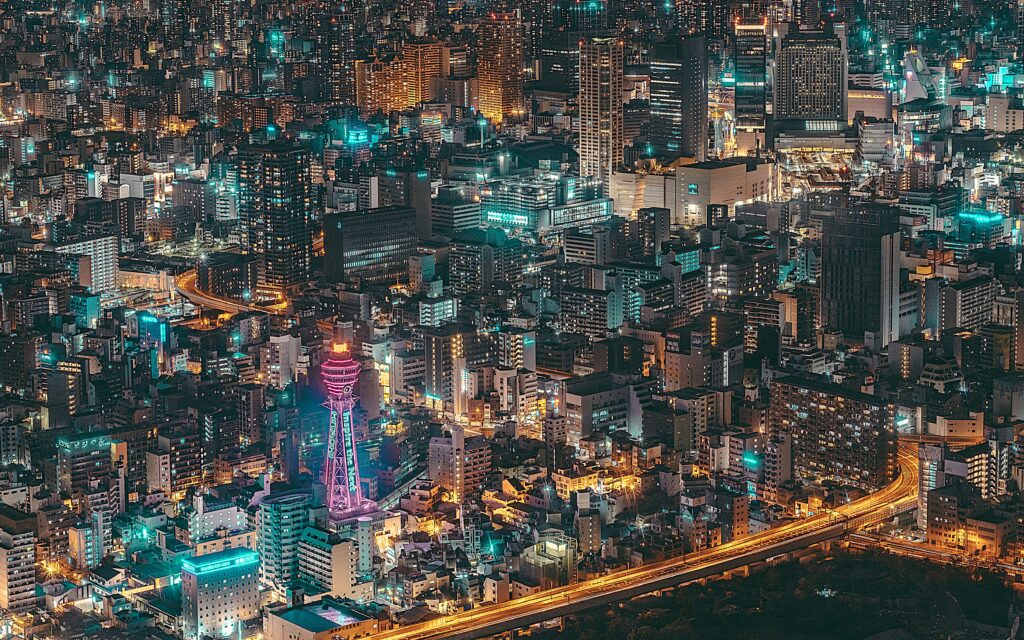
That night, standing on a bridge over the Dotonbori canal, I watched the neon shimmer on the water’s surface. I took a slow, full breath. I was glad I’d come. There was something oddly nostalgic in the noise and lights that lined the river—something unmistakably, irresistibly Osaka.
There are landscapes the heart never forgets.
And Dotonbori, for me, had become one of them.
Something New Travel

